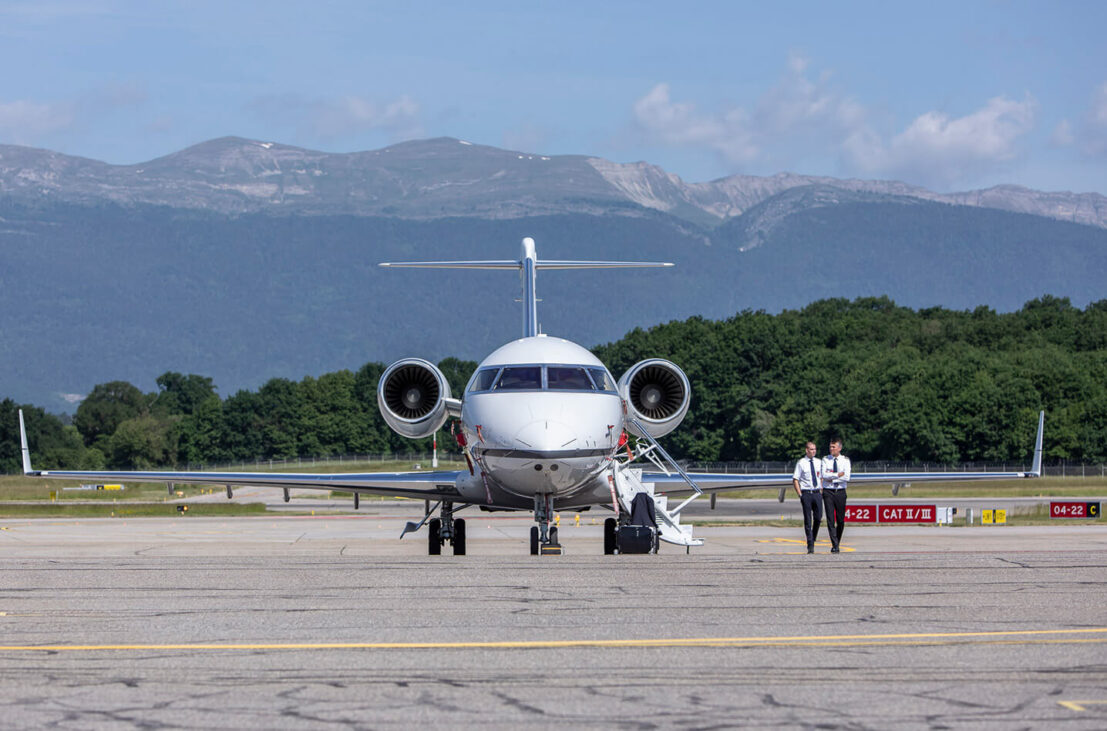
June 7, 2022
All carriers flying passengers into the European Union (EU) must register for two new passenger entry programs, which go into effect September 2022 and May 2023. Certain operators are required to query a new Entry/Exit System (EES) and European Travel Information and Authorization System (ETIAS) to verify details regarding travelers arriving to the 26 countries which make up the Schengen Area.
A “carrier” is defined as any natural or legal person, whose profession it is to provide transport of persons, according to Schengen Border Code article 2.15. The entry requirements apply to Part 135 and 125 operations, as well as certain Part 91 operations, but do not apply to individuals who own and pilot their own aircraft into the EU.
The European Union Agency for the Operational Management of Large-Scale IT Systems in the Area of Freedom, Security and Justice (eu-LISA), the agency that administers the new passenger entry programs, recently clarified “carrier” to include:
- Flights conducted by charter operators under commercial aviation rules, which hold an air operator certificate and, for third-country operators, an approval from EASA to operate within the EU
- Flights in aircraft owned by a private individual or organization, managed by a professional operator but only for the use of the owner; “managed” in this respect means that crew, maintenance, handling and all aspects of conducting a flight is done by a management company but the flights are not open for the public and are only conducted on the aircraft owner’s behalf/li>
Operators of these types of flights must comply with EES and ETIAS requirements.
Privately operated aircraft, owned by a private individual or organization, conducting flights under NCC/NCO (noncommercial) rules are not required to comply with EES and ETIAS requirements, even in the case of professional paid crewmembers.
The EES, which will replace manual stamping of passports, will electronically capture the entry and exit of visitors who require single or double-entry visas for the prevention of irregular immigration and the management of migration flows. Essentially, the EES will verify passengers have not already used the number of entries authorized by their visa or stayed longer than permitted if traveling from a visa exempt country.
Beginning in May 2023, the ETIAS will require carriers to verify, prior to boarding, that their visa-exempt passengers have a valid travel authorization to enter the Schengen Area. Non-EU nationals who do not need a visa to travel to the area will have to apply for a travel authorization through the ETIAS system prior to their trip.
“The new programs are still fluid situations, and all parties involved are still trying to understand the complete requirements,” said Michael Ouellette, senior director of global operations at World Fuel Services. Meanwhile, Ouellette recommended carriers follow procedures to register to access the various query systems.
A single query of both the EES and the ETIAS will help identify potential risks and security concerns, including terrorism and serious crimes, as well as epidemic risks, while ensuring compliance with overall visa requirements.
“Operators who meet the descriptions of ‘carriers’ described above, and who travel regularly to Europe, should register for these programs as soon as possible,” said Brian Koester, CAM, NBAA’s director of flight operations and regulations. “Although the programs do not formally launch until September 2022 and May 2023, lag time to process registrations is expected.”


 International Business Aviation Council Ltd.
International Business Aviation Council Ltd.